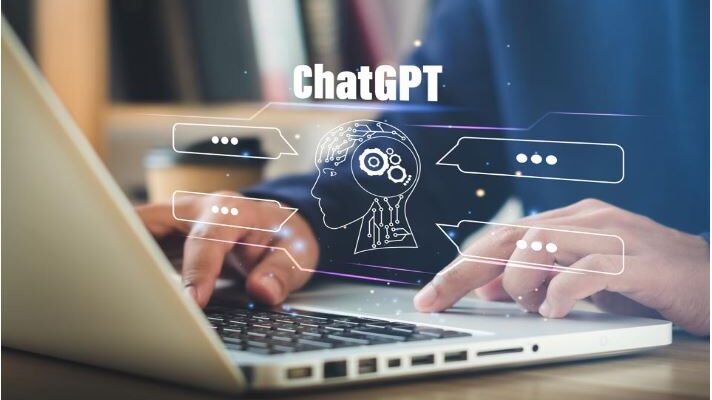OpenAI’s ChatGPT language model employs artificial intelligence to produce responses to natural language inquiries that are human-like. This cutting-edge technology can comprehend and answer a wide range of topics and questions because it was trained on a vast dataset of human language.
ChatGPT is not constrained by pre-programmed responses or scripted discussions, unlike conventional chatbots. Instead, it employs a method known as deep learning to progressively advance its comprehension of language and provide more complex responses over time.
ChatGPT has developed into a versatile tool for a variety of applications, including customer service, virtual assistants, and instructional aids, because of its capacity to produce responses that closely mimic human language. This feature enables more genuine and compelling interactions between companies and individuals and their clients and consumers.
We shall examine ChatGPT’s core technology, operation, and creative applications in this article. We will also look at the potential effects of this technology and how it will affect communication in the future.
Functioning of ChatGPT
Here are 7 points that tell how ChatGPT works:
- Training: Unsupervised learning was used to train ChatGPT on a sizable corpus of internet-sourced text, allowing it to discover patterns in the data without explicit guidance.
- Architecture: ChatGPT makes use of a variation of the Transformer architecture, a deep learning model capable of handling text-based sequential data.
- Input: ChatGPT gets user input in the form of a string of text tokens when a user types a message.
- Encoding: Tokenization is the method used by ChatGPT to convert the input text into a series of numbers that the model can understand.
- Decoding: Following input processing, ChatGPT produces a series of numbers that represent the response, which it then decodes back into text in natural language.
- Fine-tuning: ChatGPT can be further tuned by training it on particular datasets or tasks in order to perform better on those tasks.
- Ethical considerations: Concerns regarding the potential abuse or unintended implications of big language models have been raised by ChatGPT, and continuing research is looking into possible solutions.
ChatGPT Alternatives to Look For
There are a number of ChatGPT alternatives, each with special features and functionalities of its own. Other well-liked substitutes include:
- OpenAI’s GPT-3: GPT-3 from OpenAI is comparable to ChatGPT but has a bigger neural network and a more complex language model.
- Google’s BERT: Google’s BERT is a neural network-based model that is very good at deciphering linguistic context and meaning.
- Microsoft’s Turing: Microsoft’s Turing is a natural language processing system that can produce sophisticated responses and carry out a variety of tasks, including summarising and translating.
- Hugging Face’s Transformers: A collection of models that have already been trained to perform natural languages processing tasks like question answering, sentiment analysis, and text generation.
Different Industries ChatGPT Uses?
Many industries can employ ChatGPT in a variety of ways, including:
- Customer Service: ChatGPT can be used to automate customer service interactions, including responding to frequently asked queries, making product suggestions, and resolving complaints.
- Healthcare: ChatGPT can be used to give people medical advice and help, including responding to inquiries about symptoms and prescriptions and offering mental health support.
- Education: ChatGPT can be used to offer students individualized learning experiences, including responding to inquiries, giving feedback, and drafting study schedules.
- Finance: ChatGPT can help with financial planning by guiding users through investment alternatives, tax calculations, and budget management.
- Marketing: ChatGPT can be used to create leads, engage customers, and answer questions about sales and promotions by offering tailored product recommendations.
- Legal: ChatGPT can be used to help with legal research and documentation, including by giving users knowledge of laws and regulations and assisting in the creation of legal documents.
Conclusion
Developed by OpenAI, ChatGPT is a sophisticated AI language model that can produce responses to text input that resembles human speech. It functions by combining deep learning algorithms, sizable datasets, and natural language processing methods, making it an effective tool for a variety of applications.




